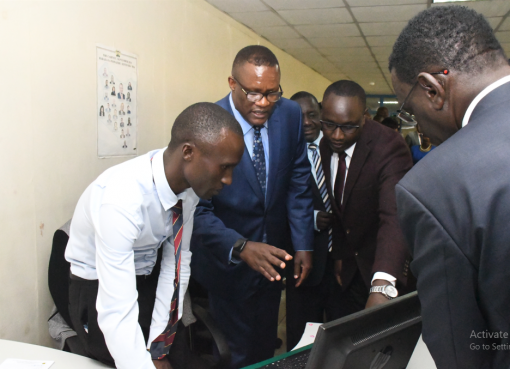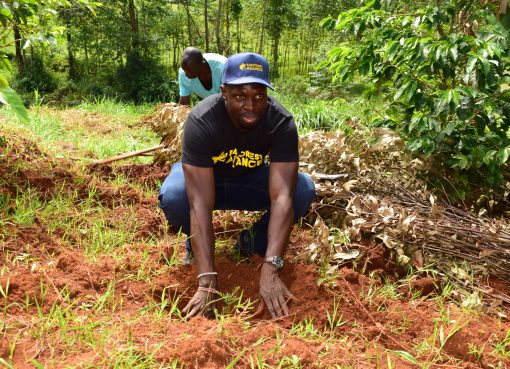Kwale county government is demanding its share of the Sh.2.9 billion royalties from minerals operations held by the National Treasury since 2016.
Kwale, Kilifi and Kajiado out of 32 mineral rich counties are supposed to receive the lion’s share of the mining proceeds held by the national government.
The mining royalty was established to promote the socio-economic development of communities impacted by mining operations and targets solely at socio-economic development.
A royalty is a fee that is imposed by the governments on the amount of minerals produced at a mine or the revenue or profit generated by the minerals sold from a mine.
According to the state department of mining a legal lacuna has been blocking the counties from accessing their royalty share but this has now been resolved by coming into force of the County Governments Additional Allocations Act of 2022.
Governor Fatuma Achani says the mineral funds which were approved quite a while back should be released to the devolved governments without further delay.
Achani maintains that for Kwale to benefit from its vast mineral endowment the much anticipated royalty pay-out should be fast tracked to help improve social-economic welfare of the people.
She urged the national government to keep its promise regarding mineral royalties saying her county is eagerly waiting for the money to fund development projects and facilitate residents’ economic empowerment in the mining sector.
“We want the royalty funds to be used for purposes such as providing redress for the harmful effects of mining on the affected communities and supporting alternative livelihood projects,” she said.
According to the Mining Act of 2016 sharing of mineral royalties is given at a ratio of 70 per cent to the national government, 20 per cent to the county government and 10 per cent to the local community to ensure equitable distribution of benefits from the mining sector.
Kwale County hosts Australian mining firm Base Titanium which has been mining rutile, ilmenite and zircon all precious minerals since 2013 rising to become the most successful large-scale miner in Kenya’s history.
The County is Kenya’s largest mineral sands mine and a flagship project under the Vision 2030 development blueprint.
The renewed push for the national government to release the mineral royalties comes at a time the mining company nears an end to its operations in Kwale.
Base Titanium announced that it will cease mining activities in Kwale by the end of 2024 citing the depletion of minerals in their operational areas in Msambweni Sub County.
Achani stated that despite enacting the Mining Act of 2016 to sanitize the sector not much has been achieved concerning revenue and improved standard of living for the people.
The Governor contends that the inordinate delay in releasing the royalty cash means that the rich mineral endowment has failed to translate the mineral wealth into overall economic development for the devolved units.
“Minerals play a great role in terms of raising revenues for the country and we are eagerly awaiting to receive our share of the proceeds to help accelerate development at the grassroots,” she said.
The coastal county boss says her administration is determined to collaborate with the national government to develop the mineral sector to greater heights and attract new investors.
Base Titanium External Affairs General Manager Simon Wall stated that the mining firm will cease operations in December 2024 having failed to find new mineral resources to extend its mining operations.
Mr. Wall says as part of the process of winding down its mining operations Base Titanium has commissioned feasibility studies to establish the best way to utilize the land after operations formally ceases.
He says Base Titanium has kicked off in earnest systematic post-mining closure phases and land reclamation plans ahead of cessation of mining operations in December after resource exhaustion.
The top mining official says several options currently being considered include large-scale agriculture, sustainable conservation and industrial training.
By Hussein Abdullahi





